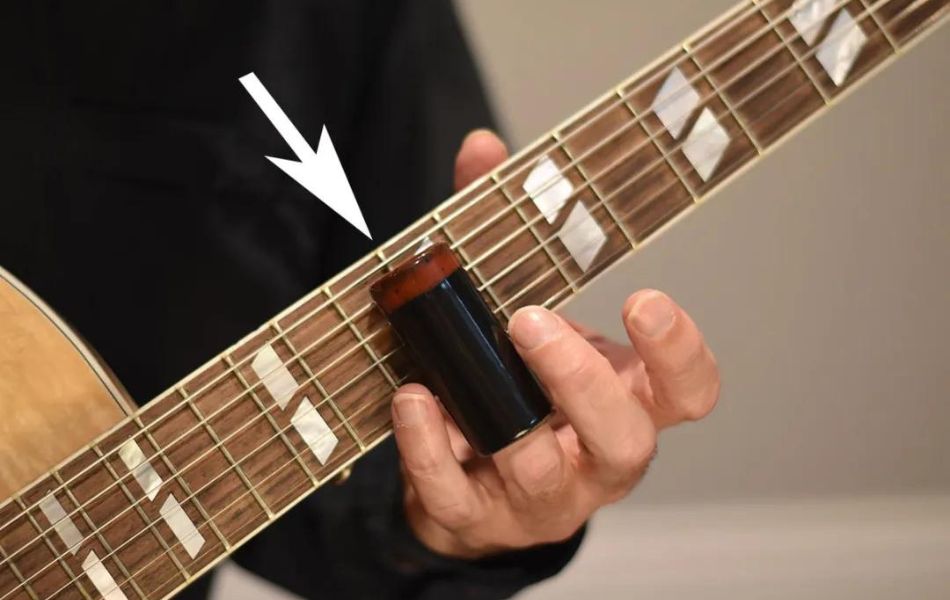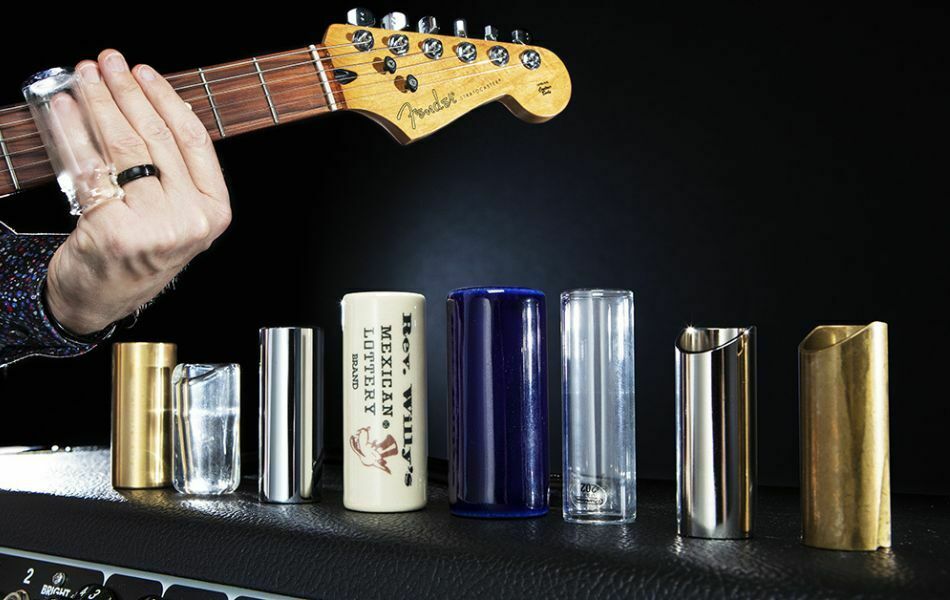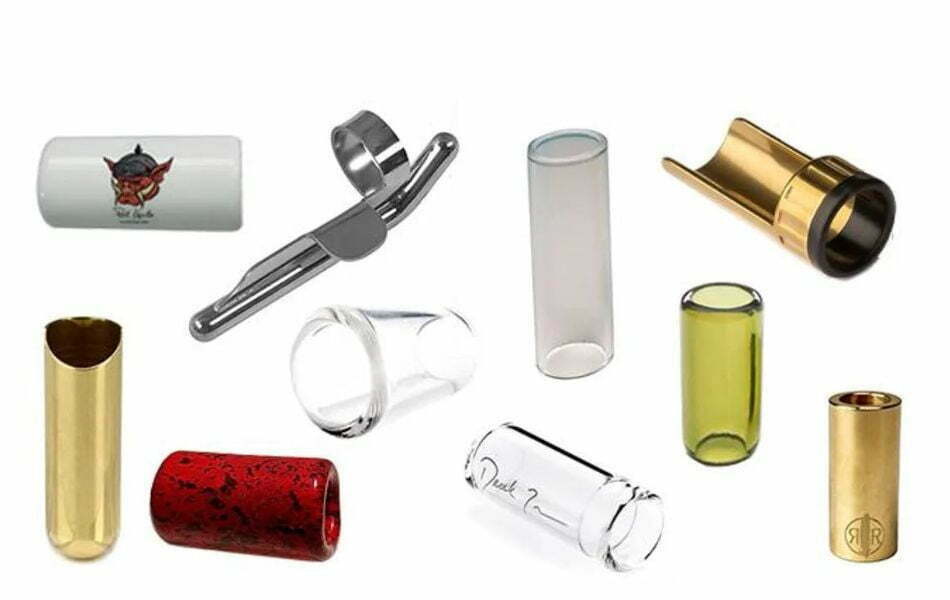What Is Slide Guitar? Overview Of Slide Guitar Technique
You are a beginner at playing guitar and don’t know what slide guitar is? This is a captivating technique you can’t miss when playing guitar. The amazing skills and songs you create give you lots of fun. It’s good to be familiar with all the different possibilities that guitar playing has to offer.
What is slide guitar?
The world of music has been forever changed by the engaging and expressive technique known as slide guitar. It is a style of guitar playing that uses a slide, usually made of glass, metal, or ceramic, to create resonant and soulful tones. Instead of fretting the strings with the fingers, the guitarist generates a distinctive sound frequently connected to blues, country, and roots music.
The origins of slide guitar can be traced back to early blues musicians in the United States, particularly in the Mississippi Delta region. These musicians, such as Robert Johnson and Son House, pioneered the use of the technique, drawing upon African and European musical traditions. Over time, slide guitar found its way into other genres, including rock, folk, and even jazz, making it a versatile and widely appreciated technique.
Besides basic guitar technique, you can learn guitar slide as an amazing skill. It makes birthday parties or prom funnier and becomes memorable.

Choosing the right slide
Materials
When it comes to choosing a slide for guitar playing, the material you select can significantly impact your tone and playability. The material from which the slide is made holds significant importance. Typically, there are three main options available: glass, metal, and ceramic.
Glass slides are a common choice among slide guitarists. They offer a smooth, warm tone and are known for their sustain and clarity. Glass slides come in various thicknesses and lengths, allowing you to experiment with different sounds. They are also comfortable to wear and provide good control over the strings.
Metal: Metal slides, such as brass or steel, provide a bright and metallic tone. They offer excellent sustain and projection, making them suitable for genres like rock and blues. Metal slides can produce a more aggressive and biting sound compared to glass slides. However, they can be heavier and may require some getting used to in terms of control and finger pressure.
Ceramic: Ceramic slides offer a unique tone that falls between glass and metal. They provide a balanced sound with a touch of warmth. Ceramic slides are known for their sustain and smoothness, making them a popular choice for blues and acoustic playing. They are generally lighter than metal slides but can be a bit more fragile.
If you are a beginner starting out with a slide guitar, it is advisable to begin with a glass slide as they tend to be more user-friendly. Once you feel comfortable playing with a glass slide, you can gradually transition to practicing with a steel or brass slide. Another alternative worth considering is a ceramic slide, which offers a similar experience to glass slides while providing its unique characteristics.

Sizes
The weights of guitar slides are also varied. Your slide's weight may vary depending on the kind of material it is composed of. Glass slides are typically the lightest material, however the internal wall thickness can vary from a thinner 1.5 mm to a heavier 4 mm thickness.
Slides may also have an interior diameter ranging from 18 to 22 millimeters. As a result, various finger sizes and thicknesses can be accommodated by each slide. From 60 to 69 millimeters in length are guitar slides. To make it simpler to slide down all six strings, longer slides can span the breadth of the fretboard.
Shapes
The shape of a slide for slide guitar playing can have a significant impact on the sound, playability, and techniques available to the guitarist. Here is an overview of some common slide shapes:
- Cylinder Shape
- Cone Shape
- Bullet Shape
- Cutaway Shape

Slide placement and hand positioning
Slide Positioning
- Position the slide directly above the desired fret, lightly touching the strings.
- The slide should cover all the strings simultaneously, resting flat against the fretboard.
- Avoid pressing too hard or applying excessive pressure with the slide, as it can cause buzzing or unwanted muting of the strings.
- Experiment with different positions along the length of the strings to achieve different tones and effects.
Hand Placement
Each finger has its own advantages and disadvantages when it comes to wearing a slide guitar, but players can experiment and find what works best for them as they learn. Here are some points to consider:
Placing the slide on the middle finger provides more control as it is a stronger finger compared to the ring or pinky. It allows for better manipulation of the slide and offers the option to mute strings with the index finger if needed.
Wearing the slide on the pinky enables reaching higher strings and frets with the other three fingers, resulting in a wider range of sounds. It also allows the flexibility to tuck or lift the slide finger out of the way when switching between slide and traditional fretwork.
Using the ring finger for the slide can offer a balance between the advantages of the other fingers. It helps maintain a straight wrist, an essential aspect of the slide guitar technique. This finger choice allows for the dexterity of the index and middle fingers for fretting notes while easily transitioning back into slide-playing mode.

In conclusion, slide guitar is a captivating and expressive technique that adds a unique dimension to guitar playing. By using a slide to glide along the strings instead of traditional finger fretting, guitarists can produce a distinct sound characterized by smooth transitions and a vocal-like quality.







